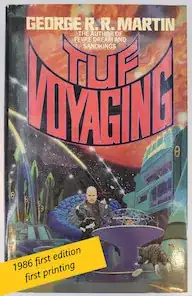Depending on how separate versus how interwoven the separate stories are, what you are writing is either a collection of short stories or a fix-up. As Wikipedia explains:
A fix-up (or fixup) is a novel created from several short fiction stories that may or may not have been initially related or previously published. The stories may be edited for consistency, and sometimes new connecting material, such as a frame story or other interstitial narration, is written for the new work.
As for your question how readers will receive such a work, that is difficult to predict. Sales figures seem to indicate that anthologies don't sell as well as novels. For example, Uncommon Type, a short story collection by actor Tom Hanks (so published with a big push from his celebrity status) was the best-selling anthology in 2017 with 67,459 copies sold during that year and 235,000 copies sold until 2023. On the other hand, John Grisham's novel Camino Island sold 528,000 copies from June to September 2017 alone. A well-established writer with a large fanbase like George R. R. Martin can probably sell a lot of copies of a fix-up novel like Tuf Voyaging, but for a newcomer that episodic nature of the novel will probably put off quite a few potential readers (and many agents and publishers).
It has been speculated that readers dislike anthologies because they are not as immersive as novels. Many readers (and viewers) love stories to be long because they like to spend as much time as possible with beloved characters in a beloved world. That is one reason why series are so popular both in print and in tv. Anthologies (and fix-ups) require more effort from the reader: For every story or episode they have to emotionally let go of the previous one and attempt to care for another goal (and sometimes other characters). Readers report that they don't like having to make this switch. And coming from one story or episode you like to one you like less can feel anticlimactic and make for a much more disappointing reading experience than reading a mediocre novel in the first place.
So I would assume that much of the success of your collection or fix-up depends on how well-integrated the separate episodes are, how easy the transition is from one to the other, and whether you can maintain the same level of story quality and reader satisfaction throughout.
